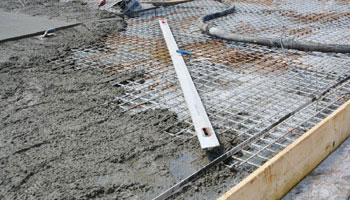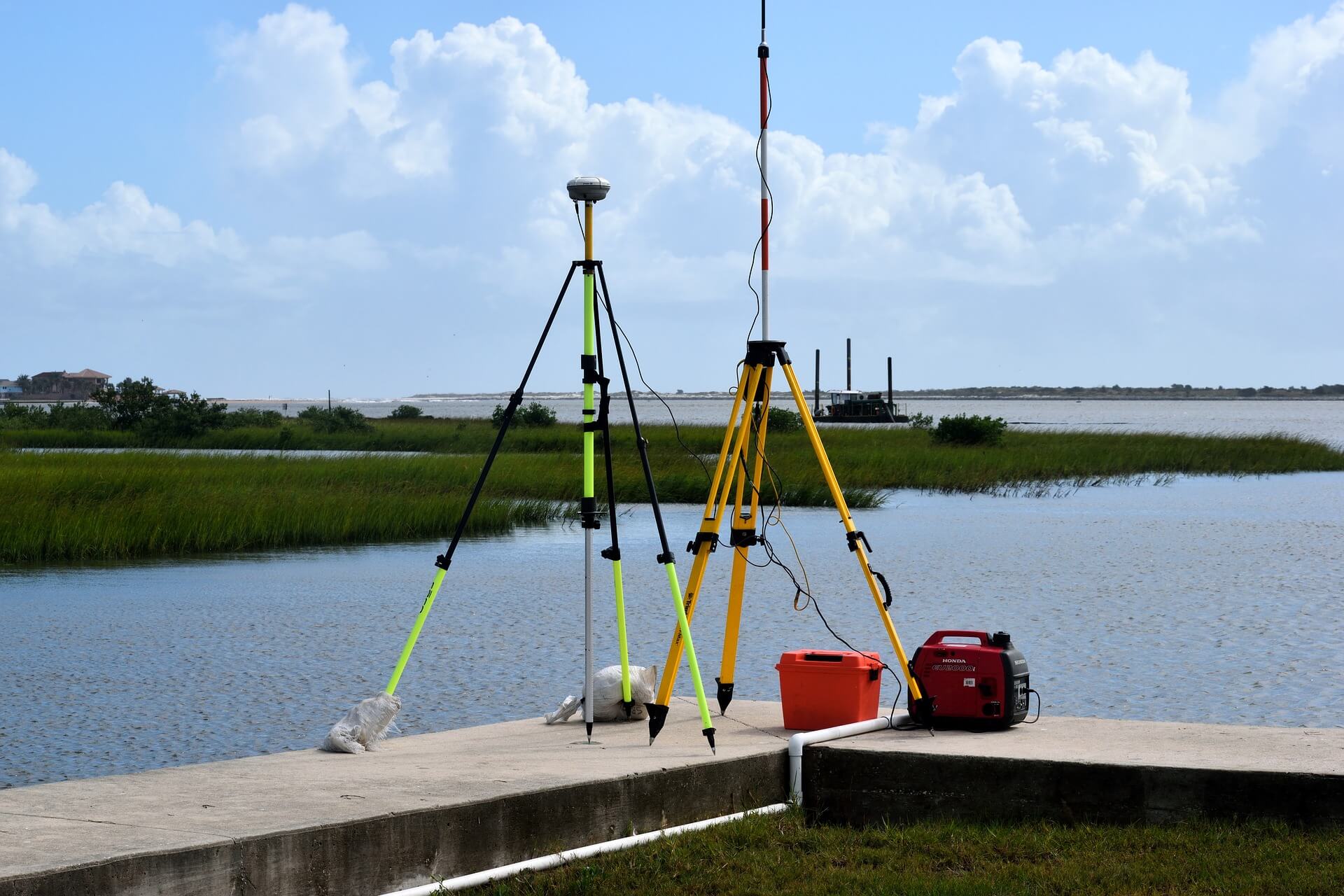Construction Trends Shaping the Future of the Industry in 2024
The construction industry is undergoing rapid transformation, driven by technological advances, sustainability imperatives, and shifting economic dynamics. In 2024, several key trends are reshaping how construction projects are conceived, designed, and executed. Here’s a look at some of the most significant construction trends this year.
1. Green Construction and Sustainability
Sustainability is no longer just a buzzword in the construction industry. Today, it is a priority for developers, architects, and governments. Green construction methods, which aim to reduce carbon footprints and optimize energy efficiency, are being integrated into every stage of the building process. The adoption of eco-friendly materials like recycled steel, bamboo, and carbon-negative cement is on the rise. Additionally, green certifications like LEED (Leadership in Energy and Environmental Design) and BREEAM (Building Research Establishment Environmental Assessment Method) have become vital benchmarks for modern constructions. As more cities strive to become carbon neutral, sustainable building practices will continue to gain momentum.
2. Modular and Prefabricated Construction
Modular construction has surged in popularity due to its cost-effectiveness and time efficiency. By assembling parts of a building off-site in controlled environments and then transporting them to the final location for assembly, modular construction saves both time and resources. This method also reduces on-site waste and labor, making it a greener option. Prefabricated structures are becoming increasingly sophisticated, with projects ranging from residential homes to large commercial buildings.
3. Smart Buildings and IoT Integration
The integration of the Internet of Things (IoT) into building systems is revolutionizing how structures are managed and maintained. Smart buildings equipped with IoT sensors can monitor everything from energy usage to air quality, temperature control, and security. Automated systems allow building owners to optimize operations, lower energy costs, and improve the overall efficiency of facilities. As technology continues to evolve, the demand for smart building solutions will increase, reshaping the industry and improving the occupant experience.
4. 3D Printing in Construction
3D printing technology, also known as additive manufacturing, is making waves in the construction industry by offering faster, cheaper, and more customizable building solutions. This technology allows for the creation of complex structures with minimal human intervention. In 2024, 3D printing is being used to create everything from affordable housing to infrastructure projects like bridges. By reducing material waste and labor costs, 3D printing holds the potential to address housing shortages and provide innovative solutions for disaster relief.
5. Drones and Robotics
Drones are increasingly being used in construction for surveying, inspection, and site monitoring. They offer a bird’s-eye view of construction sites, providing real-time data and helping project managers track progress with precision. Drones reduce the time required for site surveys and improve safety by reducing the need for manual inspections in dangerous areas. Meanwhile, robots are being deployed to perform repetitive tasks such as bricklaying and concrete pouring. By automating these processes, robotics are helping to alleviate labor shortages and reduce the overall cost of construction projects.
6. Digital Twins and Building Information Modeling (BIM)
The use of digital twins and Building Information Modeling (BIM) has become increasingly common in construction. A digital twin is a virtual replica of a physical asset, allowing stakeholders to simulate and analyze the building’s performance throughout its lifecycle. BIM, on the other hand, is a 3D modeling process that enables collaborative design and planning between architects, engineers, and contractors. Together, these technologies provide more accurate insights into construction projects, improving design quality, risk management, and resource allocation.
7. Energy-Efficient and Renewable Energy Integration
Energy-efficient designs and renewable energy sources like solar panels, wind turbines, and geothermal systems are becoming standard in modern construction projects. The global push towards renewable energy integration is being driven by climate change awareness and rising energy costs. Buildings with advanced insulation, low-energy HVAC systems, and renewable energy sources not only reduce their environmental impact but also offer long-term financial savings for owners and developers.
8. Sustainable Urban Development
Urbanization continues to rise, and with it comes the need for smart and sustainable urban development. In response, cities are investing in eco-friendly infrastructure and building designs that can accommodate growing populations without straining resources. Mixed-use developments, walkable neighborhoods, and smart city technologies are becoming key elements in the design of modern cities. These developments aim to create livable, resilient urban environments that are adaptable to the challenges of the future.
9. Health and Wellness-Oriented Design
Post-pandemic, health and wellness have taken center stage in building design. Architects and developers are incorporating elements like improved ventilation systems, natural lighting, biophilic designs, and non-toxic materials to create healthier indoor environments. Buildings that prioritize the well-being of occupants are not only more attractive to buyers and renters but also align with the growing demand for wellness-centric lifestyles.
10. Advanced Safety and Construction Management Tools
Safety remains a top priority on construction sites, and advances in technology are making these environments safer than ever before. Wearable technology such as smart helmets and vests equipped with sensors can monitor worker health and safety conditions in real time, reducing the risk of accidents. Additionally, project management software and cloud-based platforms are streamlining construction workflows, enhancing collaboration, and improving communication between teams.
Conclusion
As the construction industry evolves, companies must stay ahead of these trends to remain competitive and efficient. The integration of sustainability, technology, and smart design is shaping the future of construction, offering more innovative, eco-friendly, and cost-effective solutions for building the world around us. The construction landscape of 2024 promises to be one where innovation meets necessity, driving forward new possibilities for urban and rural development alike.



